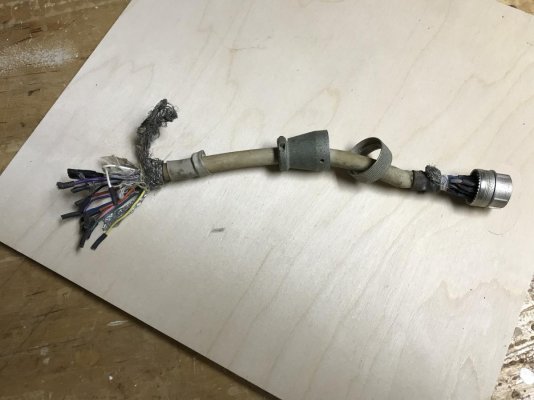Alaskan Sea-Duction
Guru
- Joined
- Jul 6, 2012
- Messages
- 8,057
- Location
- USA
- Vessel Name
- Alaskan Sea-Duction
- Vessel Make
- 1988 M/Y Camargue YachtFisher
They do, but their recommendations are well though out, and generally best practices.
Alaskan Sea-Duction
Not to be preachey BUT:
As a "Guru" with 3553 posts, you should care and if you don't, your insurance company and the surveyor who performs an insurance survey or is brought in to perform a survey after an electrical issue has led to an insurance claim will definitely care.
ABYC is not the law of the land, nor can they set any laws. Yet surveyors and insurance companies act like they do.
The "normal" citizen doesn't even have access to these so-called recommendations unless you become a "member."
Yes I am anti-ABYC. And yes that is for another thread.



